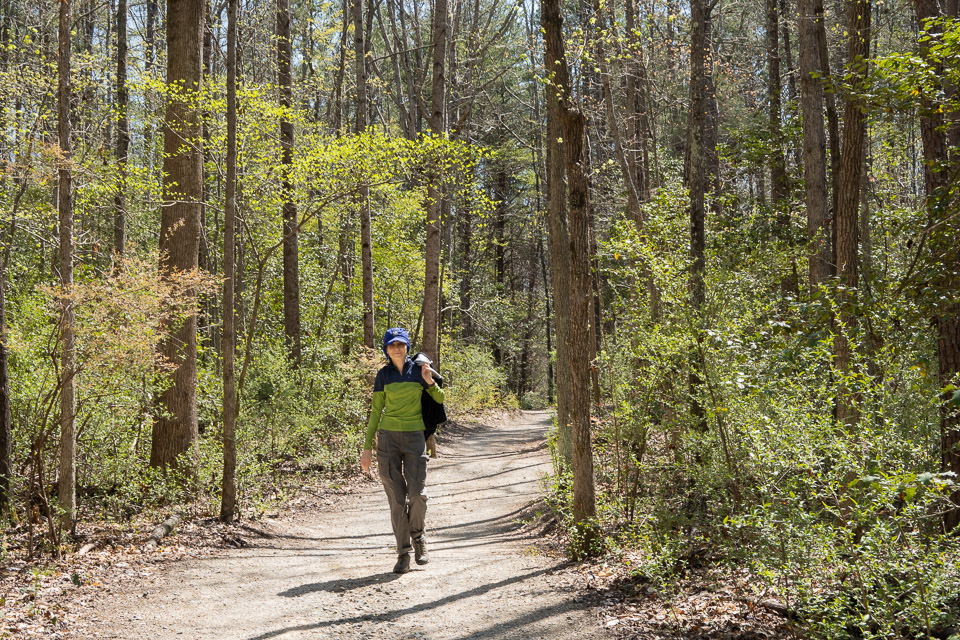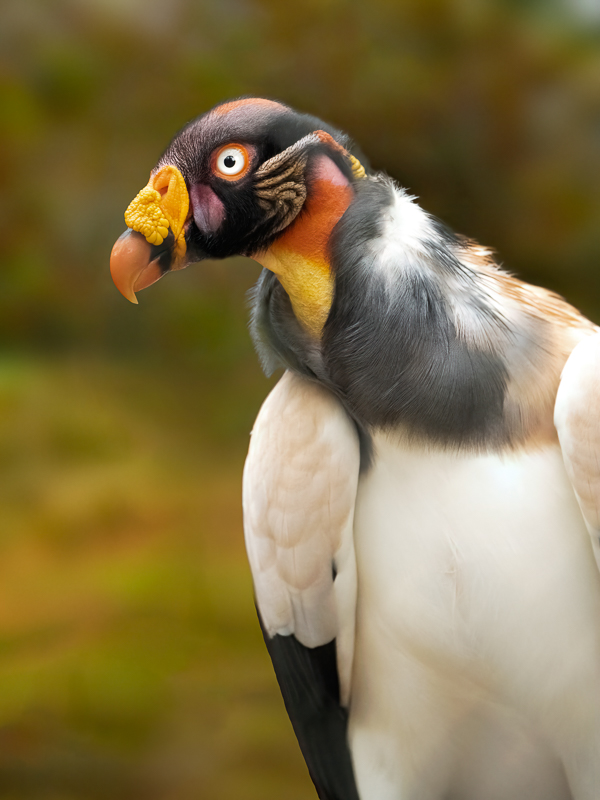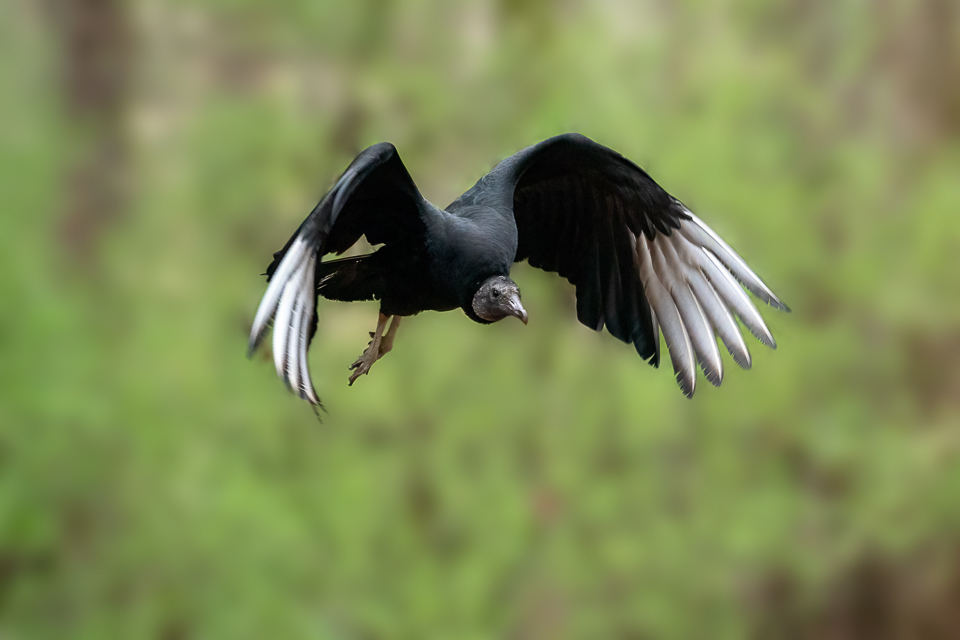
A nature preserve, complete with raptors, has been one of our salvations during the coronavirus pandemic. Six months ago, with virus cases on the rise, we sensed a long winter of COVID-induced cabin fever ahead of us. We knew we had to find a place for fresh air and exercise that would be far enough from the city to feel like an escape but not so far that we’d spend hours getting there. The answer: a weekly trip to the Latta Plantation Nature Preserve, a 25-minute drive from our home in downtown Charlotte. The preserve, a 1,460-acre sanctuary, offers 16 miles of wooded trails for hiking, horseback riding and bicycling. Moreover, two sites within the preserve are of historical and scientific interest: Historic Latta Plantation, a cotton plantation whose main house was built by an Irish immigrant, James Latta, in 1800, and the Carolina Raptor Center, a center devoted to the rehabilitation and study of birds of prey.
We’ve explored a number of the preserve’s trails, watching the seasons change and marveling that we could be so close to the city and still feel as if we were in the wilderness.

More often than not, we would end our hikes with a picnic, followed by a visit to the Carolina Raptor Center. The Center, founded in 1981, is a non-profit organization that treats, rehabilitates and releases injured raptors. Its on-site hospital is the largest raptor medical center in the United States based on the number of birds treated.
Raptors, in case you don’t know, are birds of prey, known for their sharp eyesight and hearing. This group of birds includes eagles, owls, falcons, hawks, vultures and osprey and others. In fact, The name raptor derives from the Latin verb rapere, which means to seize or plunder. And, yes, raptors eat vertebrate animals.




In addition to treating raptors, the Center focuses on conservation, research and education. Its most visible educational offering is the three-quarter-mile Raptor Trail—a pleasant walk through the woods where you can observe 97 living raptors, some from as far away as Asia and Australia. But the Center spreads its educational wings much wider, offering activities for school groups, as well as summer camps, photo shoots for wildlife photographers, and seminars for avian professionals. Beyond this, the center participates in research projects with colleges and universities and passes its knowledge along to avian professionals across the United States. and the globe.

Over the months, we’ve learned some interesting facts about raptors. For example:
- Eagles, among the largest of raptors, have talons up to 100 times stronger than that of a human hand.
- Falcons are the fastest birds in the world. The Peregrine Falcon dives for prey at a speed exceeding 200 miles an hours.
- Vultures are intelligent. One trainer at the Center one has even taught her charge to differentiate colors!
- Owls’ ears and ears are designed to help them hunt in low light. Their eyes are front-facing, which gives them binocular vision (i.e. they see with both eyes, like humans) and depth perception. And their ears are positioned asymmetrically, which allows them to pinpoint the exact location of their prey. In Greek mythology, owls are associated with Athena, the goddess of wisdom…no doubt because of their knowing stares and exceptional hunting powers.
This month, the Carolina Raptor Center debuts Avian Adventures on its YouTube channel. Every week, this educational series will answer a cultural or scientific question about raptors. The first of 13 episodes answers the question “What is a Raptor”—and explains why the category has expanded over time. The commentary is easy to follow and the birds, often shown in flight, spectacular, of course!
If you happen to be in the Charlotte area, drop by the Center and walk the trail. You’ll find it fascinating. For more info visit carolinaraptorcenter.org.
